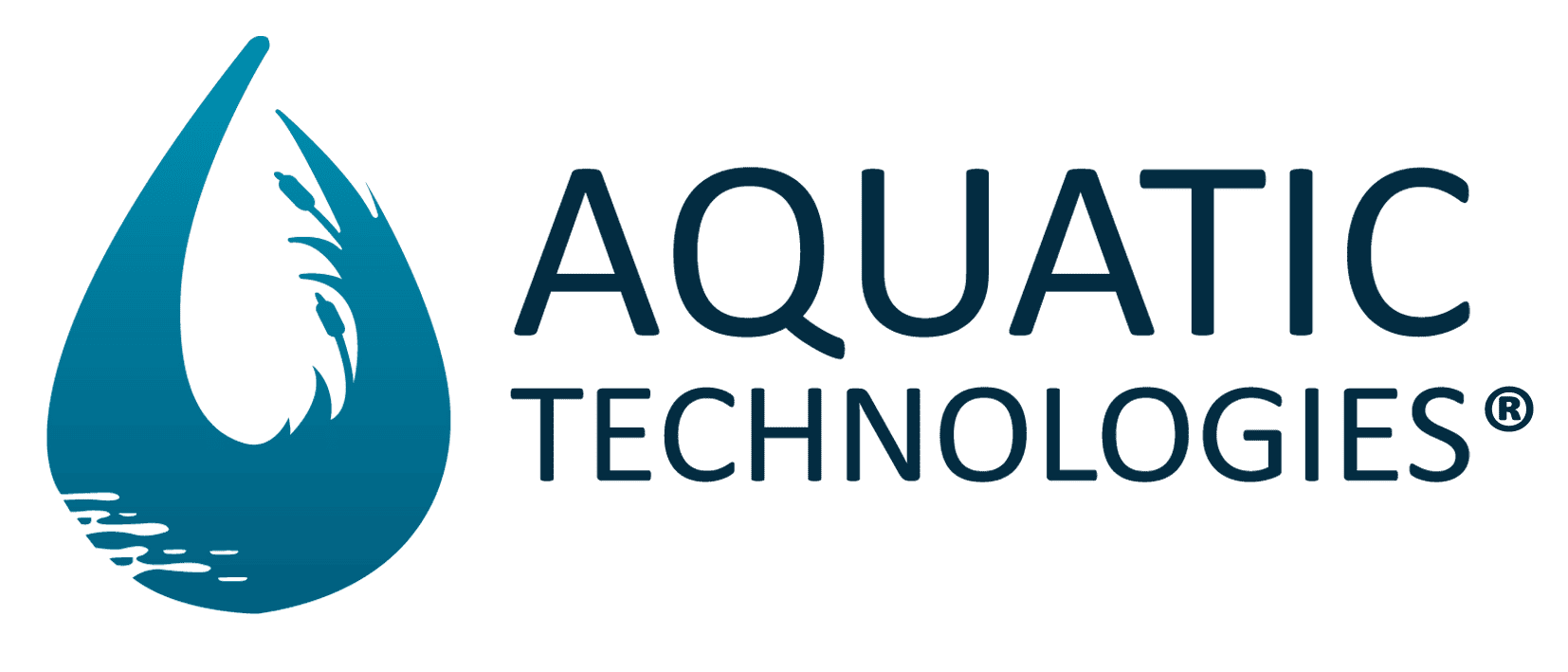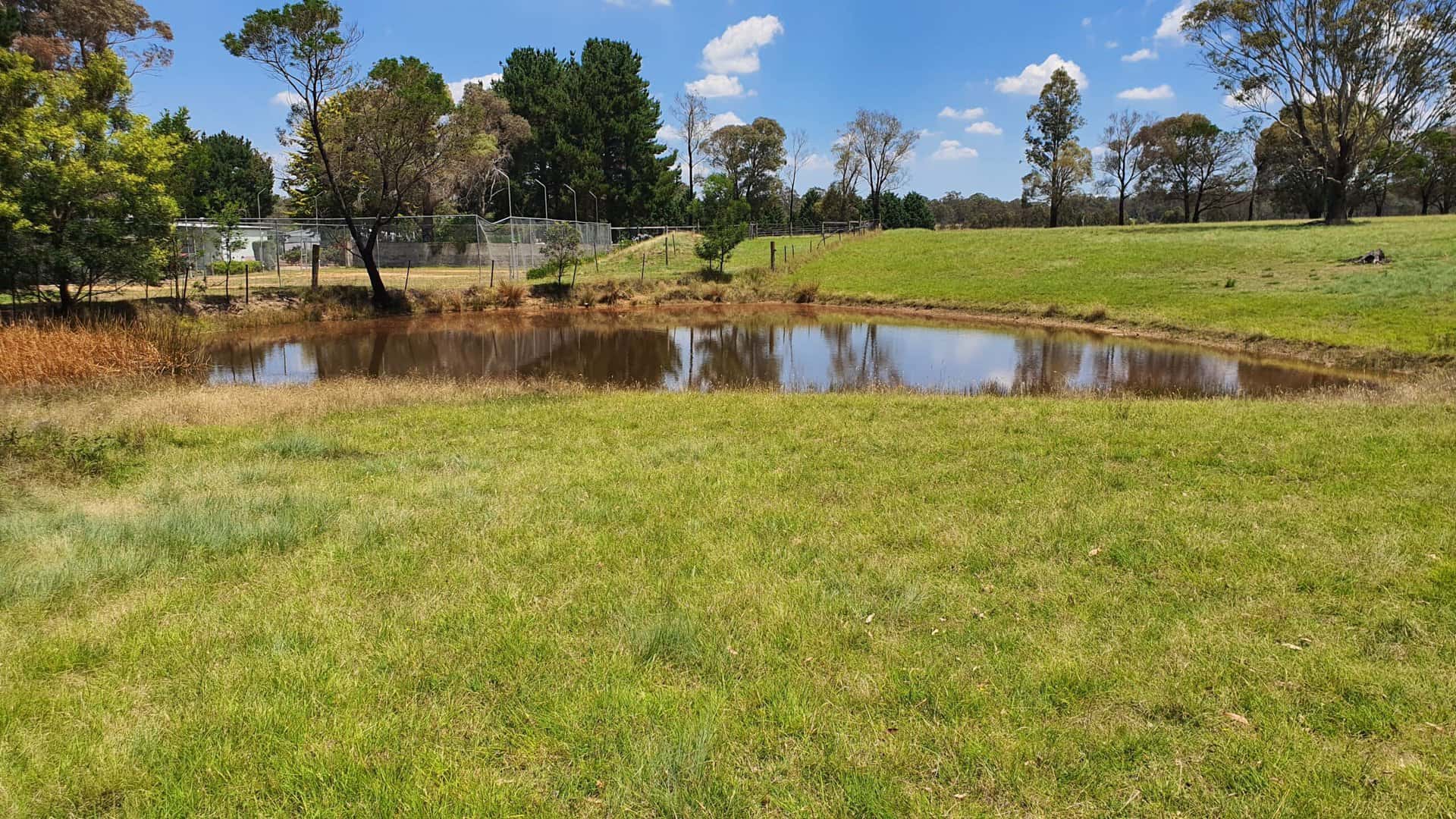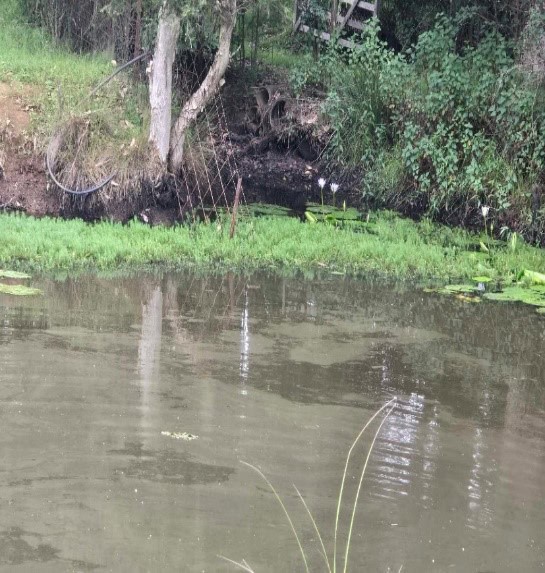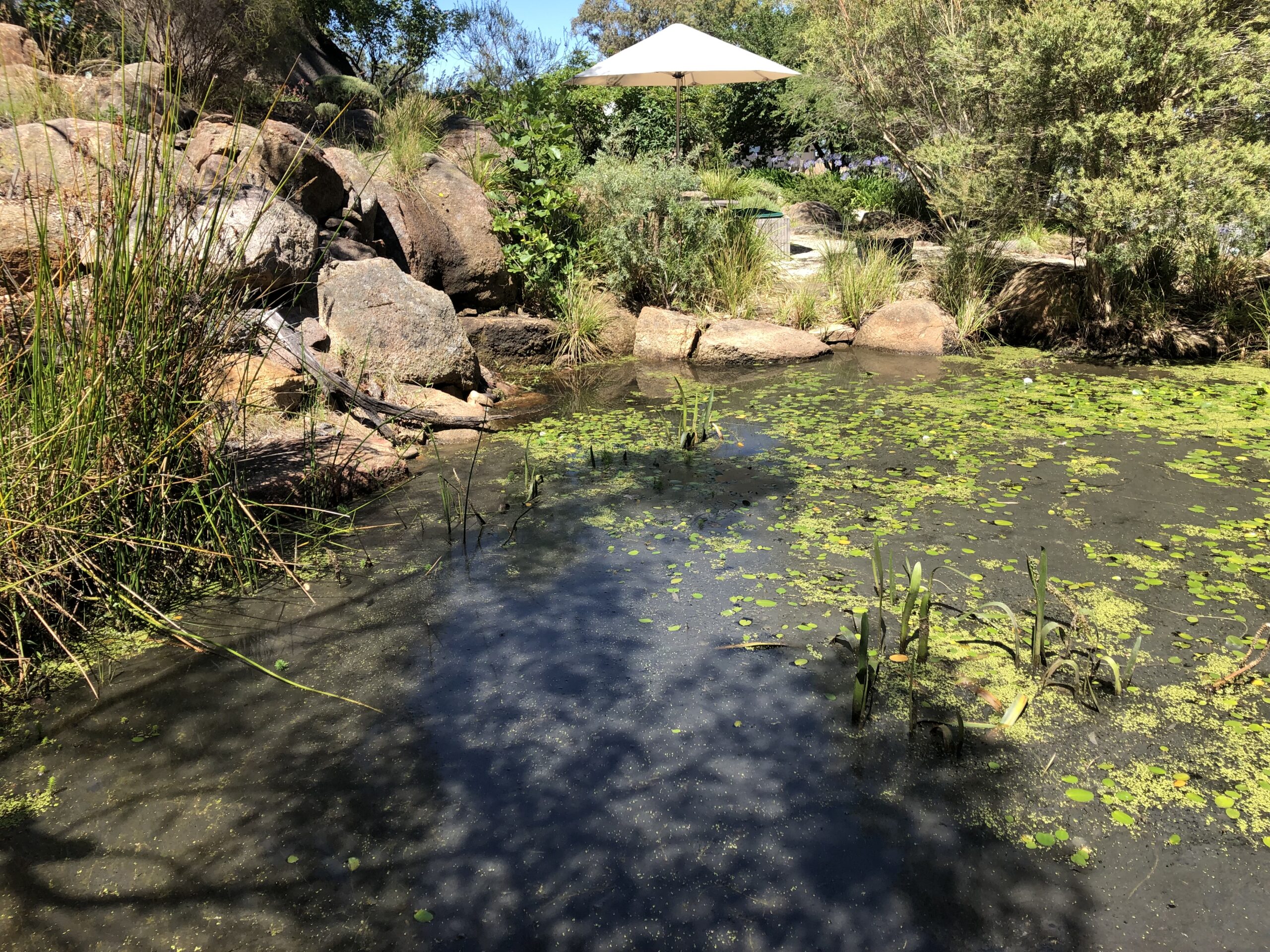
Effective Plan for Eliminating Algae and Weeds in Your Pond
Q. I attach a photo of our pond which shows a small patch brown weed cut by razor and yet to be raked off, and also two day old ‘slime’. We have never had slime before, but the weed is cut and removed each year. We have Murray Cod and Perch, and the water is used for animal drinking.
ANSWER
Maintaining a healthy and clear pond can be a challenge, particularly when dealing with algae blooms and invasive weeds. With the right techniques and products, you can effectively combat these issues while promoting a thriving aquatic ecosystem. Here’s a comprehensive guide on how to eliminate existing algae and weeds and prevent future growth.
Step 1: Removing Existing Algal Blooms and Weed Infestations
Use Coptrol for Algae Control
To deal with an existing algae bloom, start by using Coptrol, available in 5L packs. Follow these steps to apply it effectively:
- Divide Your Pond: Split your pond into thirds for your treatment approach.
- Initial Application: Begin by applying 1 liter of Coptrol to the first third of the pond, starting with the area closest to the aeration source.
- Dilution and Application: Dilute 1 liter of Coptrol in 10 liters of clean water, and spray evenly over the surface.
- Wait Period: After applying the first treatment, wait for 10 days. Observe your fish for any signs of distress.
- Subsequent Applications: If all is well, proceed to treat the second third of your pond with 1 liter of Coptrol, repeating the dilution and application method. Wait another 10 days before moving on to the final third.
- Final Check: After treating the last third, wait another 10 days. With the remaining 2 liters of Coptrol, spot spray any lingering algae as needed.
Weed Removal
After dealing with the algae, you can focus on any weed infestations. Use a weed razor for effective removal. This tool allows you to clear out unwanted plants efficiently, promoting a healthier pond environment.
Step 2: Enhancing Pond Health with Beneficial Bacteria
Once you’ve treated the first third of the pond with Coptrol, it’s important to manage nutrient levels to prevent future algae growth. This can be achieved by introducing beneficial bacteria:
- Initial Application of Muck Breaker: After applying Coptrol, add three Muck Breaker tablets evenly spaced throughout the pond (one per third).
- Subsequent Additions: Continue this process by adding another three tablets during your second and also your final Coptrol applications, totalling nine tablets spaced 10 days apart.
- Ongoing Maintenance: To maintain optimal water quality, apply three tablets of Muck Breaker monthly. This will help reduce nitrogen, phosphorus, and other organic contaminants in your pond.
Step 3: Preventing Future Growth
Restrict UV Penetration
To further inhibit algae and weed growth, especially during the warmer months, consider limiting UV light penetration. This can be accomplished using:
- UPF Shade Cloth: Provides effective shading to reduce sunlight reaching the water.
- Aquatic Blue: This food-grade dye is safe for fish, wildlife, and pets. When diluted, it will not stain surfaces and will effectively reduce UV exposure, thereby slowing the rate of photosynthesis in algae and aquatic plants.
Application of Aquatic Blue
To treat your pond, dilute 1 liter of Aquatic Blue in 10 liters of water and spray evenly across the surface. This treatment is effective for ponds up to 400,000 liters and is best applied at the start of Spring, with a follow-up in six months.
Conclusion
By following these steps—removing existing algae and weeds, promoting beneficial bacteria, and implementing UV restrictions—you can maintain a healthy and vibrant pond. Regular monitoring and maintenance will help ensure that your pond remains clear and free from unwanted growth, allowing your aquatic ecosystem to thrive.
.




